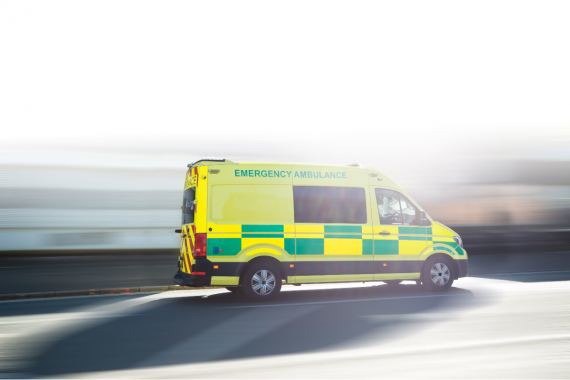CPD: Key questions on the national early warning score (NEWS2)

Key learning points
- NEWS2 is a method of measuring how ‘sick’ a patient may be, using respiratory rate, oxygen saturation, pulse, temperature, level of consciousness and systolic blood pressure.
- There are no validated thresholds for action and the scores should be used alongside clinical judgment.
- NEWS2 has not been validated for use in primary care but call operators may ask for the score and ambulance services will use it to help prioritise their response.
- Scale 2 for oxygen saturations should be used for patients on long-term oxygen.
- NEWS2 does not replace clinical judgment and should not be used in patients under the age of 16, or in pregnant women.
Dr Samuel Finnikin is a GP, clinical research fellow and senior clinical tutor at the University of Birmingham
Q. What are the parameters measured in the updated National Early Warning Score (NEWS)2, and how is it calculated?
A. The original NEWS was developed by the Royal College of Physicians in 2012 and updated in 2017 to NEWS2.1 It combines six physiological variables into one universally used and understood aggregate score. These variables are:
- respiration rate.
- oxygen saturation.
- systolic blood pressure.
- pulse rate.
- level of consciousness or new confusion.
- temperature.
Each physiological variable is assigned a score from 0 to 3 depending on its deviance from normal and an extra 2 points are scored if the patient is requiring supplementary oxygen (see chart 1). The individual scores are then combined to give a final NEWS2 from 0 to 20; 20 representing the sickest patients.
Q. How are the results interpreted? What does the scoring system identify, exactly, and what action should it prompt?
Click here to read the full article and download your certificate logging 1 CPD hour towards revalidation
Not a Pulse Learning member? Click here to join and gain access to over 400 CPD modules
.
Visit Pulse Reference for details on 140 symptoms, including easily searchable symptoms and categories, offering you a free platform to check symptoms and receive potential diagnoses during consultations.









